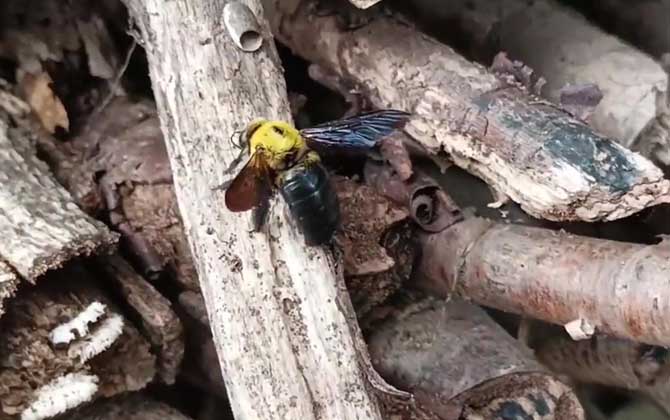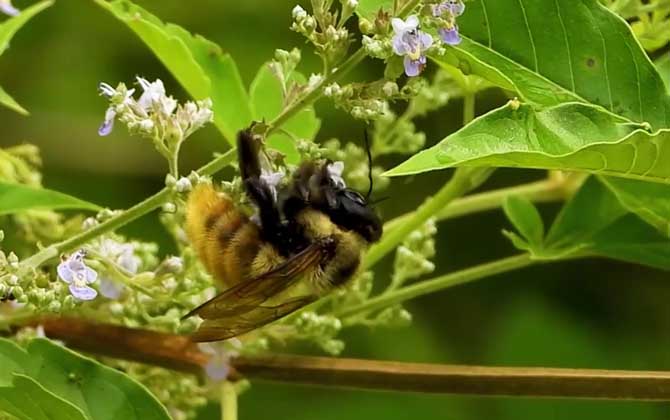Black, Large and Plump Bees: 3 Common Species Identification
Bees are renowned resource insects classified under the family Apidae and genus Apis. With 9 recognized species worldwide, the Chinese honey bee (Apis cerana) and Italian honey bee (Apis mellifera) are the most common subspecies. Let’s explore three types of bees characterized by their dark coloration, large size, and robust bodies.
1. Drone Bees

Key characteristics of drone bees:
- Male members of the three-caste system (queen, worker, drone)
- Develop from unfertilized eggs through haplodiploid sex determination
- 50% larger than worker bees with distinctive black coloration
- Primary role: mating with virgin queens (dies after mating)
- Lack pollen baskets and wax-producing glands
- Tolerated during abundant nectar flow but expelled during scarcity
Interesting fact: Drones possess 16,000+ compound eyes for superior vision during mating flights but completely depend on worker bees for food.
2. Carpenter Bees (Xylocopa)

Distinctive features of carpenter bees:
- Belong to family Xylocopinae with over 500 species globally
- Metallic blue-black or purple exoskeleton with shiny abdomen
- Powerful mandibles for excavating wooden structures
- Solitary lifestyle with unique nesting behaviors:
- Females create 6-10 cm tunnels in dead wood
- Provisions larvae with “bee bread” (pollen + nectar mixture)
- Important pollinators for open-faced flowers
Notable species: Chinese carpenter bee (Xylocopa sinensis), black-tailed carpenter bee (Xylocopa tranquebarica)
3. Bumblebees (Bombus)

Unique attributes of bumblebees:
- Social bees forming annual colonies (50-400 individuals)
- Fuzzy appearance with alternating color bands (black/yellow/white)
- Specialized adaptations:
- Buzz pollination technique for nightshade plants
- Thermoregulation ability for cold climate activity
- Ecological significance:
- Pollinate 1/3 of food crops worldwide
- Critical for alpine and arctic ecosystems
Remarkable species: Bombus terrestris (buff-tailed bumblebee), Bombus lapidarius (red-tailed bumblebee)
Comparative Analysis
| Feature | Drone Bee | Carpenter Bee | Bumblebee |
|---|---|---|---|
| Social Structure | Colony member | Solitary | Annual colony |
| Size Range | 15-17mm | 12-25mm | 10-23mm |
| Sting Capability | No stinger | Female only | Female workers |
| Nesting Material | Wax comb | Wood tunnels | Ground cavities |
These large-bodied bees play crucial roles in ecosystems through pollination services and social organization. While drones ensure genetic diversity in honey bee colonies, carpenter bees contribute to wood decomposition, and bumblebees enable pollination of specialized crops. Understanding their distinct characteristics helps in proper identification and conservation efforts.